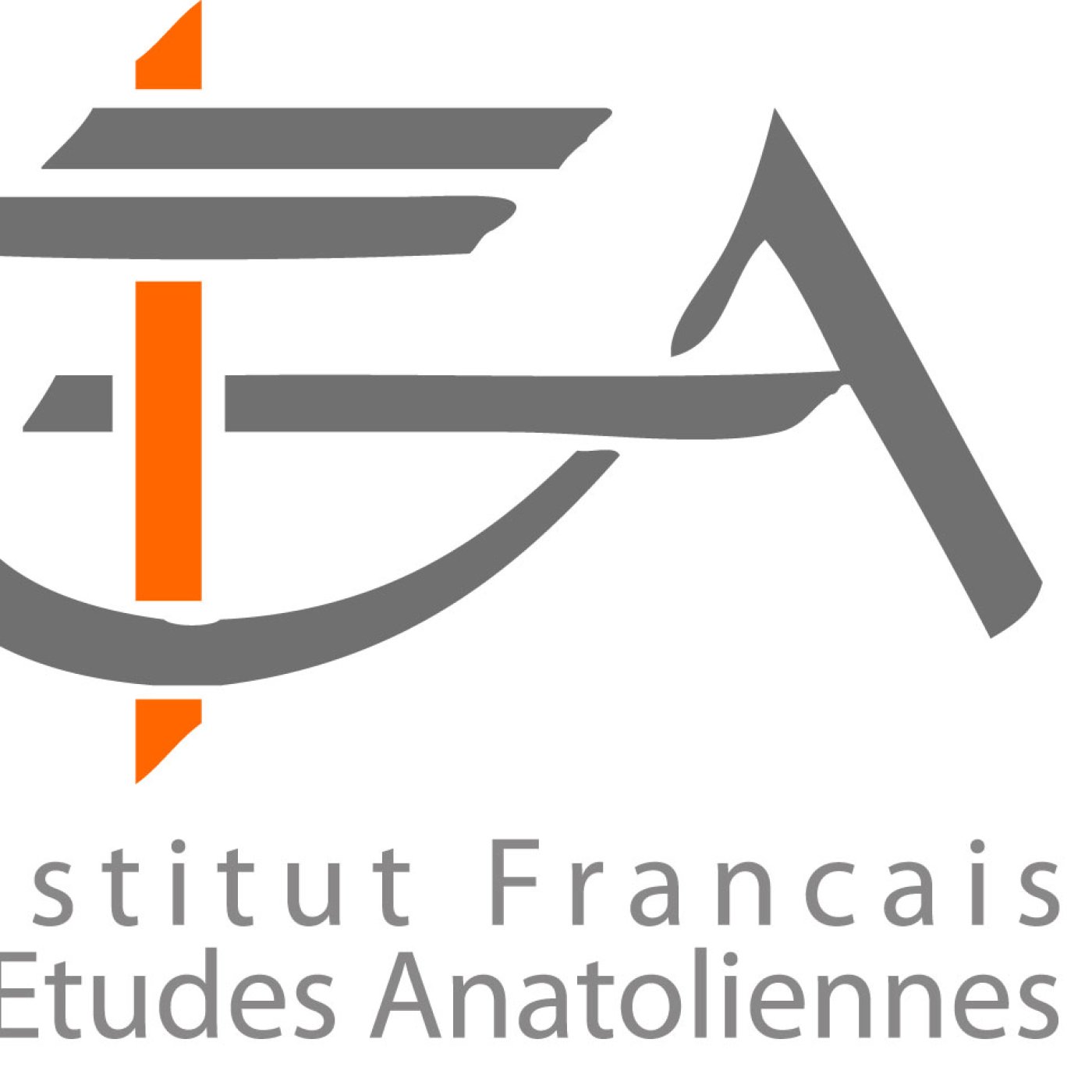Conférence internationale: Rocky Landscapes at the intersection of people and rocks

In English
At the Orient-Institut Istanbul : Galip Dede Cad. No. 65. TR - 34421 Beyoğlu
Hybrid format : registration face to face : https://docs.google.com/forms/d/e/1FAIpQLScgS7_0-qVYGd6kZPR62O5GAgF90FrSjPv46nOWApK-Bffg0Q/viewform?usp=sf_link and online link (coming soon)
registration Zoom : 23 May : https://zoom.us/meeting/register/tJArcO6vrTIrGN376aCE-4Lp3HTIhnAYLVtw
24 May: https://zoom.us/meeting/register/tJArceyuqDItHtHCo6QhlVeh4ov2-CHw9VZ1
25 May: https://zoom.us/meeting/register/tJElcuGspzgjE9WnEJlCPhdMo1ojGEG-vZLk
All info via this link : https://www.mappalab.eu/rocky-landscapes/
Programme available via this link
Booklet of abstracts available via this link
This event is supported by IFEA, Orient-Institut Istanbul, the British Institute at Ankara, MAPPA Lab, University of Pisa, IPLI foundation, French-Italian University, Paul-Valéry University at Montpellier, Tour University and the CITERES Lat Lab.
The interactions between humans and the rocky substrate have generated engraved landscapes across the globe, manifesting in diverse forms and spanning various epochs. The past human activity of digging rock outcrops produced different features, among which two macro-categories stand out:
– rock-cut spaces linked to human life and death;
– quarries for extracting materials for different purposes.
Although these two categories serve different functions, there are conceptual and physical links between the structures carved into the bedrock and quarry areas. Similarities can be identified in the techniques employed for rock carving and, consequently, in the networks for the transmission of knowledge and know-how. Quarries and rock-cut structures often coexist within the same rock formation, or overlap with one another, creating a complex landscape in which the interaction between human communities and the bedrock is enhanced.
Over the past decade, an international group of researchers has engaged in discussions regarding the methodological and theoretical complexities of investigating stone quarries and rock-cut sites spanning from Prehistory to the present day. The International ReseArch group on quArries and Rock-cut sites (IRAAR), started as a collaborative effort, originating in France, from two distinct research groups: one working on quarries and construction (Séminaires de recherche Carrières et construction, Laboratoire de Médiévistique Occidentale de Paris, Sorbonne Universités, UPMC Université Paris 06) and the other on rock-cut sites (Annual symposium organized in Saint-Martin-le Vieil, Aude).
This conference marks the second gathering of the IRAAR network. The first meeting, held online in 2021, focused on techniques and methods for analyzing carvings, extraction processes and traces of tools left on the rock surfaces. In this second event, the theme broadens to encompass a more extensive exploration of the landscapes and environments surrounding rock-cut structures and stone quarries. The specific discussion in this field of research begins with questions of an archaeological nature but expands to transdisciplinary encounters with connections and hybridisations with anthropology, sociology, geography, geology and ecology.

Détails
| Date de l'événement | 23/05/2024 9:00 am |
| Date de fin | 25/05/2024 12:30 pm |
| Places | Illimitée |
| Inscrit.e.s | 0 |
| Lieu | Orient-Institut Istanbul |


